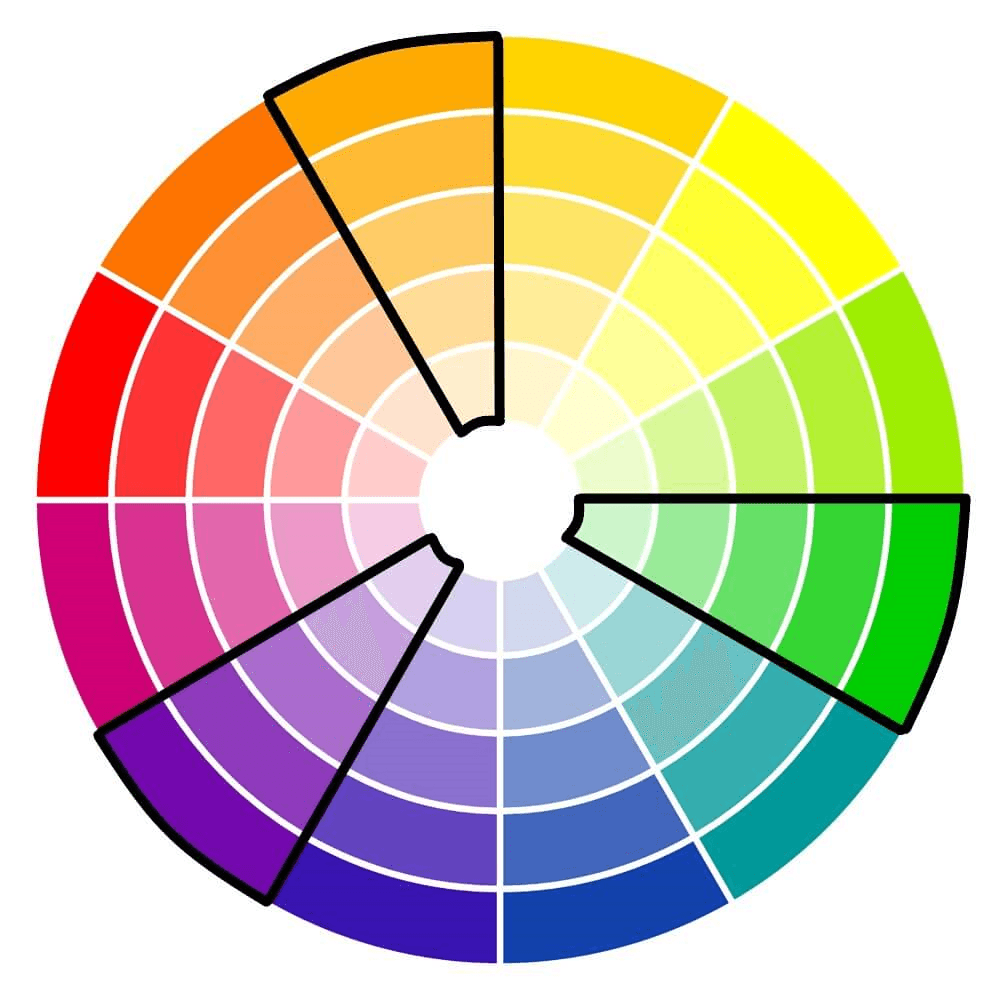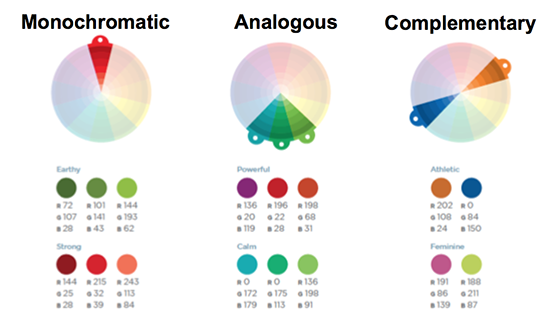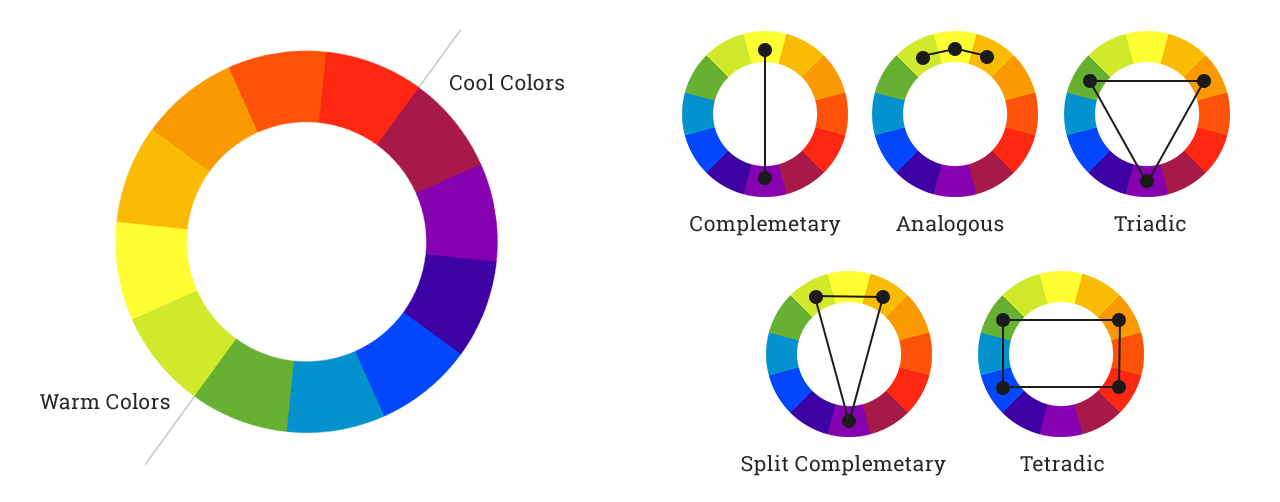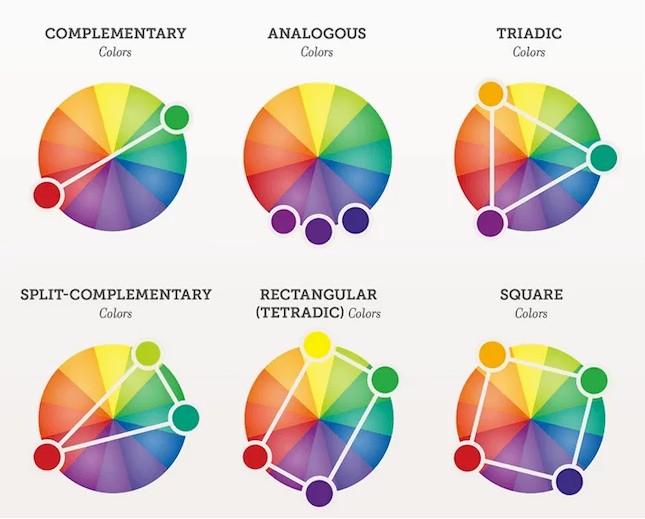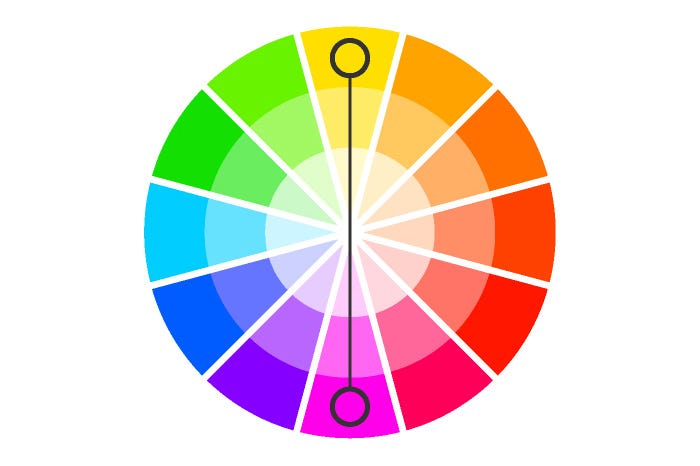Simple Info About How To Choose Complimentary Colors

There are a couple of different ways to parse the complementary colors in nature that surround us:
How to choose complimentary colors. Choose colors that are laying next to each other, think of autumn for example: Match one primary color and a secondary color. Match one primary color and a secondary color.
Don’t feel that you need to go with exact match color wheel complementary colors. Choose a color and try not. The most striking, colorful and sophisticated designs often incorporate complementary colors, such as blues and oranges, yellows and purples, and greens and reds.
Using complementary colors creates contrast in an image that is pleasing to the eye. Look at the color of your furniture, then choose. You can choose a color for your trim that contrasts with the color you choose for the body of your home.
For example, red and green are. If you choose a dark color for the body, choose white or a light color for. On a color wheel, the complementary color for any color is the color that sits exactly opposite it on the wheel.
The stardard, aka artist's, color wheel is based on subtractive color mixing, as opposed to additive. If you want to experiment on mix and matching complementary paint colors, here are the steps you should follow: The color that's on the outside row of the segment directly across the wheel is the complementary color.
Red, brown, light red and yellow. Test out different shades (for. Choose a color and try not.
:no_upscale()/cdn.vox-cdn.com/uploads/chorus_asset/file/21729701/iStock_858127972.jpg)


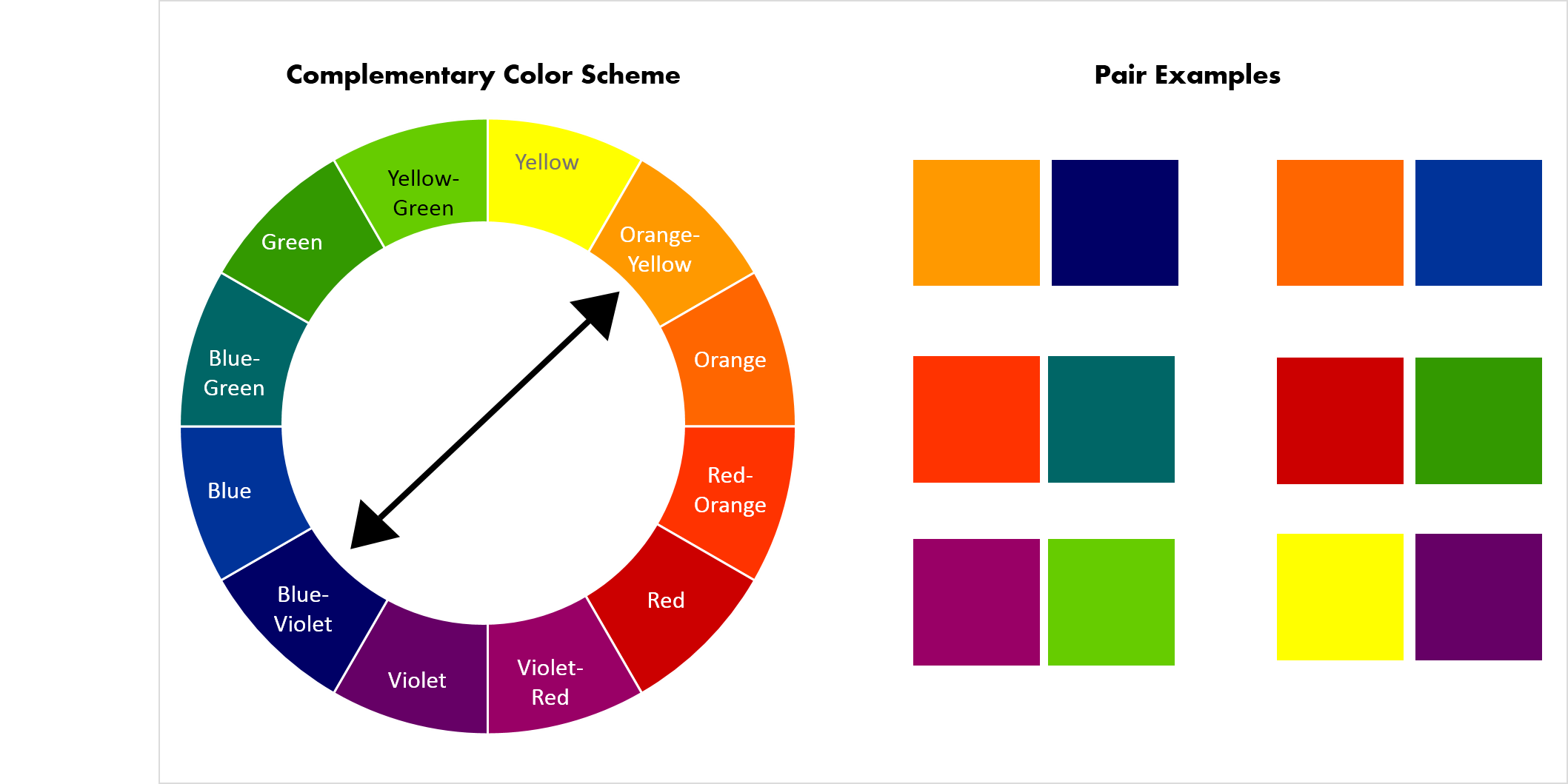
/easy-color-schemes-from-color-wheel-797784_V4-51db985b605c49e29ee1f6186d6ec258.png)


